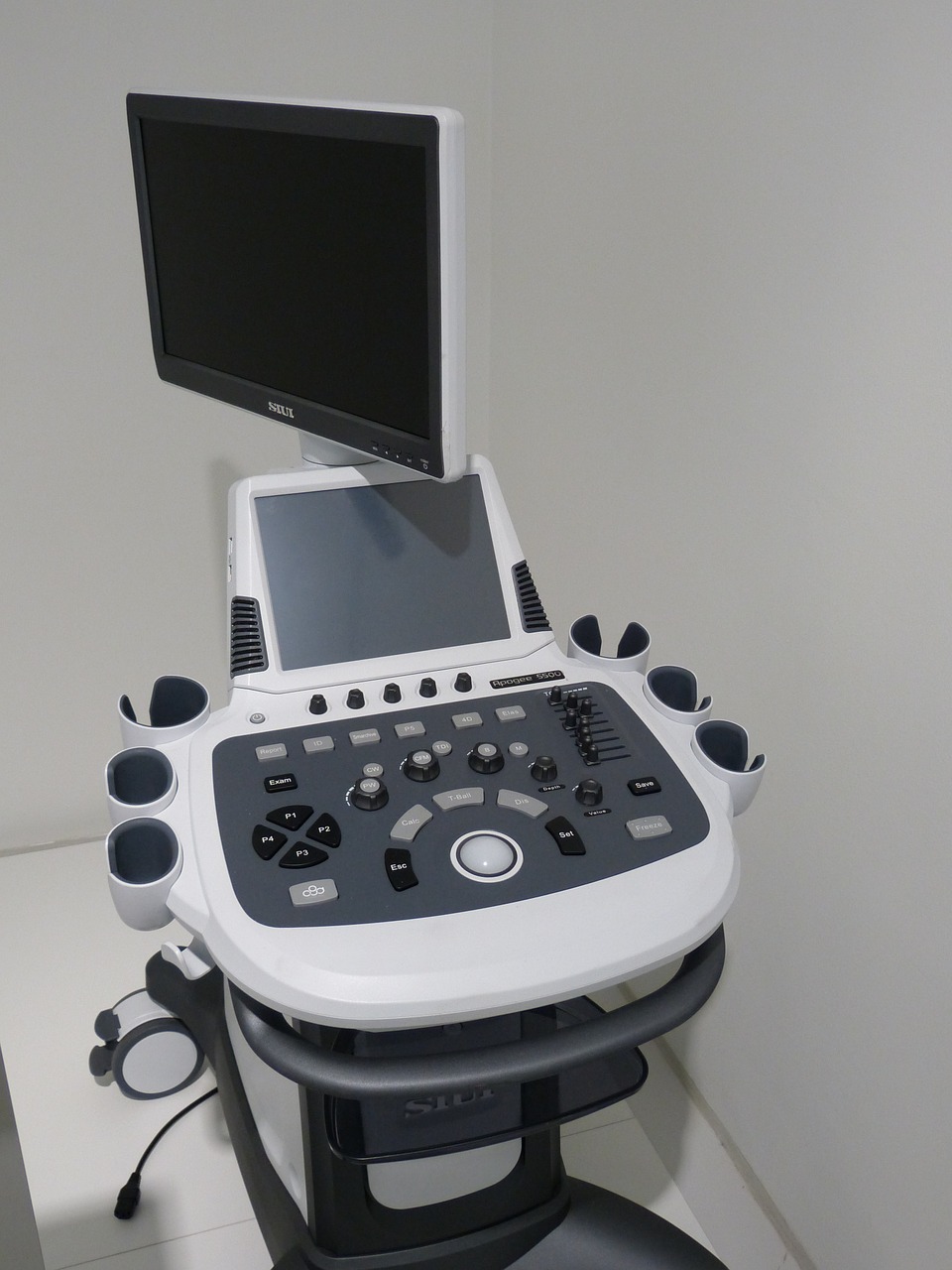
In the last part of the “how to be successful” series, we will finally discuss the ultimate rotation, neuroradiology. In our department, most residents go through MRI at the hospital as a neuroradiology rotation because most hospital-based MRI cases image the brain. Most hospital departments throughout the country work the same way.
So, what are the critical baseline keys to being successful in neuroradiology? Well, it comes down to primarily one main area of knowledge, anatomy. Location allows you to hone your differential diagnoses. So, let’s go through the primary reading material best suited to learn your anatomy. Then, we talk about a few other sources that are helpful for residents. Finally, we will discuss additional useful hints for being successful in neuroradiology with a year-by-year systemic bent.
Resources For Neuroradiology
The Best Anatomy Book
To learn your anatomy, one of the best tools is a book that many of you have read in medical school, Sidman and Sidman, Neuroanatomy. A few days ago, I found the same book, an older edition from 1965, sitting on my bookcase. The publisher again updated the book in 2007. But, the principles of programmed learning remain the same. It is very repetitive, but repetition is worth the pain. By the time you complete the book, you will remember your neuroanatomy and the terminology cold. And, you will be ready for everything else that the neuroradiology rotation can offer.
Other Valuable Resources
Several of my residents touted RadPrimer as a great way to conquer neuroradiology reading once you know your anatomy. But, if you want a great review of neuropathology, I would also check out the original edition of Osborn’s Brain. I have been hearing from several resident sources that the newer books are a bit too long. However, although a little bit dated, her original book is an excellent concise review of MRI brain pathology. It feels very thick. Once you start reading it, you realize that it contains mostly pictures with brief explanations that she organized rather well. So, look for that book if you can find it. You will not regret it.
Head and neck imaging has always been a difficult area to find excellent resources. Anatomy tends to be a bit more complicated. And, there is wide-ranging pathology. You can try the book called Imaging Anatomy: Head and Neck to help get you started along your way with the anatomy. Some of my residents liked the website headneckbrainspine.com to review head and neck pathology as well.
Year By Year: How To Succeed In Neuroradiology
Year One
As I said before, you need to learn your anatomy starting day one of the rotation. You should finish the Sidman and Sidman Neuroanatomy book as soon as possible, if not even before the rotation, so that you have a basic understanding of what you will need to know.
During the beginning days of this first-year rotation, my recommendation would be to sit down next to the neuroradiology attending and watch them dictate the cases. Initially, neuroradiology may seem like a foreign language because you will not be accustomed to the MRI lingo, sequences, and images. But, by watching the neuroradiology attending in action, you will fill in most of these gaps. By the end of the first week, you should start dictating the cases. Dictating cases will help you get the language under your belt and enable you to begin to understand how neuroradiology works.
It would help if you were emphasizing the bread and butter neuroradiology cases at this point. These include all the different types of imaging that is key to nighttime call- once again, those entities that will kill patients or are more common. So, this year you should be emphasizing bleeds, infarcts, masses, cord compression, and so forth. Although necessary eventually, the rare pediatric metabolic neurodegenerative disease should not be your focus.
For head and neck, think about learning similarly. Again, foreign bodies, mumps, and tonsillar abscesses should take precedence over rare head and neck tumors. Also, make sure to emphasize and head and neck anatomy with all the spaces. Head and neck anatomy can be challenging for the novice MRI Neuro reader. Know not only the primary diseases, but that you can also make the findings real-time. That involves reading lots (and lots) of cases on the PACs. Don’t be a bookworm without coming out to read on a work station. (A widespread mistake!)
Years Two And Three
Now you are in “Full Metal Jacket” mode. You have the basics under your belt. And boards are a stone’s throw away. So, make sure to fill in all the gaps. You should worry about all the non-lethal, less common diseases. Read through the more significant books (like Osborne), or you should have completed the RadPrimer. Regardless, you need to know “everything” for the boards. Therefore, know your less common differentials, diseases, and more.
Also, try to take some of the cases before your attending grabs them. Then, be sure to dictate them. Pre-dictating will get you in the habit of becoming an independent reader. Don’t be a wallflower and wait. You will lose out on the critical skills of becoming an attending.
Year Four
Hopefully, you have passed your core exam by now. So, try to emphasize learning about all the other areas that you may have missed studying for call and your core exam. I would check out subjects like MR Spectrography, tract mapping, and those areas you may never see again if you do not pursue an MR neuroradiology fellowship. Here lies your last chance to learn about these more esoteric areas that you will not come across as a general radiologist. If you decide to do an elective this year, try to also work with either a neuro interventionalist or a neurosurgeon to see their perspectives on the rarer vascular cases. Bottom line: Check out all those areas you may not see again once you graduate. You never know when this more esoteric knowledge will come in handy!
How To Succeed In Neuroradiology: A Whirlwind Tour!
So there you go, anatomy once again is key to your success as a resident. (check out the books in the first section!) Localizing lesions is often the key to unlocking the differential diagnoses that you need. And, the only way to learn that is via anatomy! Of course, remember once again, take cases as much as you can because studying books by themselves will only take you so far. Finally, make sure to start your neuroradiology rotation with the most common and deadly diseases. Then, expand your repertoire on a year-by-year basis from there. With all this strategy, you will be sure to succeed on your next “tour-of-duty” through neuroradiology!
(I am an affiliate of Amazon and get a small commission if you click on the links to the books!)













